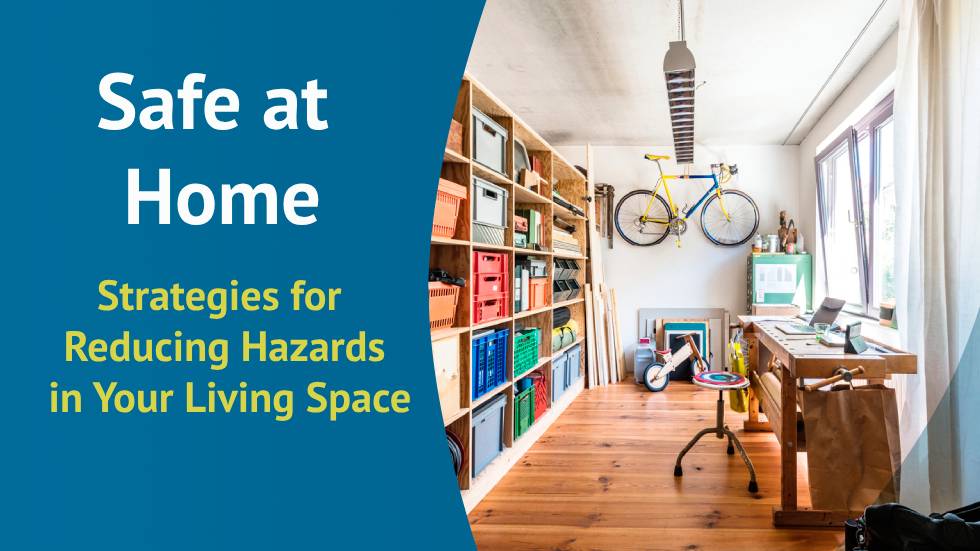
Creating an accessible home is essential for ensuring safety and independence for individuals with visual impairments or mobility challenges. Thoughtful design can transform a living space into a haven that accommodates various needs while promoting comfort and functionality. Here’s a guide to help you design an accessible home with safety tips for every room.
1. Entryway and Hallways
Safety Tips:
- Clear Pathways: Ensure hallways and entryways are free from clutter, furniture, or rugs that can pose tripping hazards.
- Adequate Lighting: Install bright, consistent lighting to enhance visibility. Consider using motion-sensor lights for convenience.
- Textured Mats: Use textured mats at entrances to provide tactile feedback when entering or exiting.
2. Living Room
Safety Tips:
- Stable Furniture: Choose sturdy furniture that is easy to navigate around. Avoid low coffee tables or glass surfaces that can be hard to see.
- Tactile Markers: Use tactile markers on remote controls and light switches to help identify them by touch.
- Flooring Choices: Opt for non-slip flooring materials to prevent falls. Carpets should be low-pile to minimize tripping risks.
3. Kitchen
Safety Tips:
- Accessible Layout: Arrange frequently used items within easy reach to minimize bending or stretching. Use pull-out shelves or drawers.
- Color Contrast: Use contrasting colors for countertops and cabinets to help differentiate between surfaces.
- Labeling: Label shelves and containers with large print or Braille to assist in locating items quickly.
4. Bathroom
Safety Tips:
- Grab Bars: Install grab bars near the toilet and in the shower or bathtub to provide support and stability.
- Non-Slip Mats: Use non-slip mats in and around the shower or tub to prevent slips. Ensure they are securely anchored.
- Shower Accessibility: Consider a walk-in shower with a bench and handheld showerhead for ease of use.
5. Bedroom
Safety Tips:
- Bed Height: Ensure the bed is at a height that is easy to get in and out of. Adjustable beds can be a great option.
- Night Lights: Install night lights along pathways to the bathroom and ensure easy access to light switches.
- Organized Space: Keep bedside tables clear of clutter, and use drawer organizers to store essentials within reach.
6. Home Office
Safety Tips:
- Ergonomic Furniture: Invest in adjustable chairs and desks to ensure comfort and proper posture.
- Tech Accessibility: Use assistive technology such as screen readers or voice-activated devices to enhance usability.
- Cable Management: Organize and secure electrical cords to prevent tripping hazards.
7. Outdoor Areas
Safety Tips:
- Pathway Design: Ensure outdoor pathways are wide, well-lit, and made of non-slip materials to accommodate mobility aids.
- Gardening Access: Design raised garden beds for easy access. Use tactile markers to delineate different areas of the garden.
- Seating Options: Provide comfortable seating areas with sturdy furniture and easy access to shade.
Conclusion
Designing an accessible home is about creating a safe and comfortable environment that meets the unique needs of its occupants. By implementing these safety tips in every room, you can ensure that your home is a place of independence and security. Thoughtful design not only enhances safety but also promotes dignity and quality of life for individuals with visual impairments and other disabilities. Embrace the journey of making your home accessible, and enjoy the benefits it brings to your daily living.





